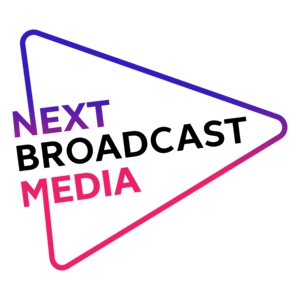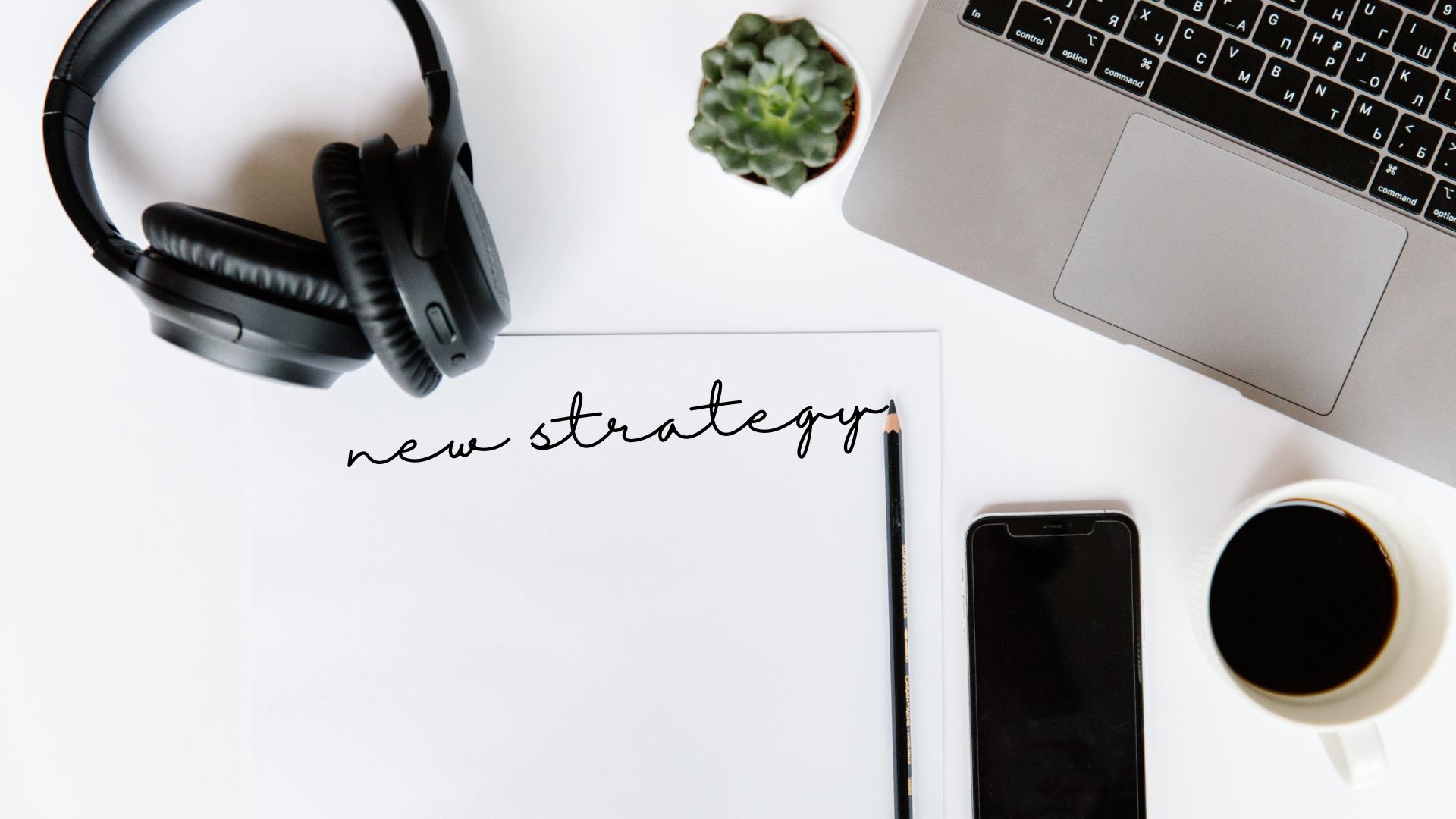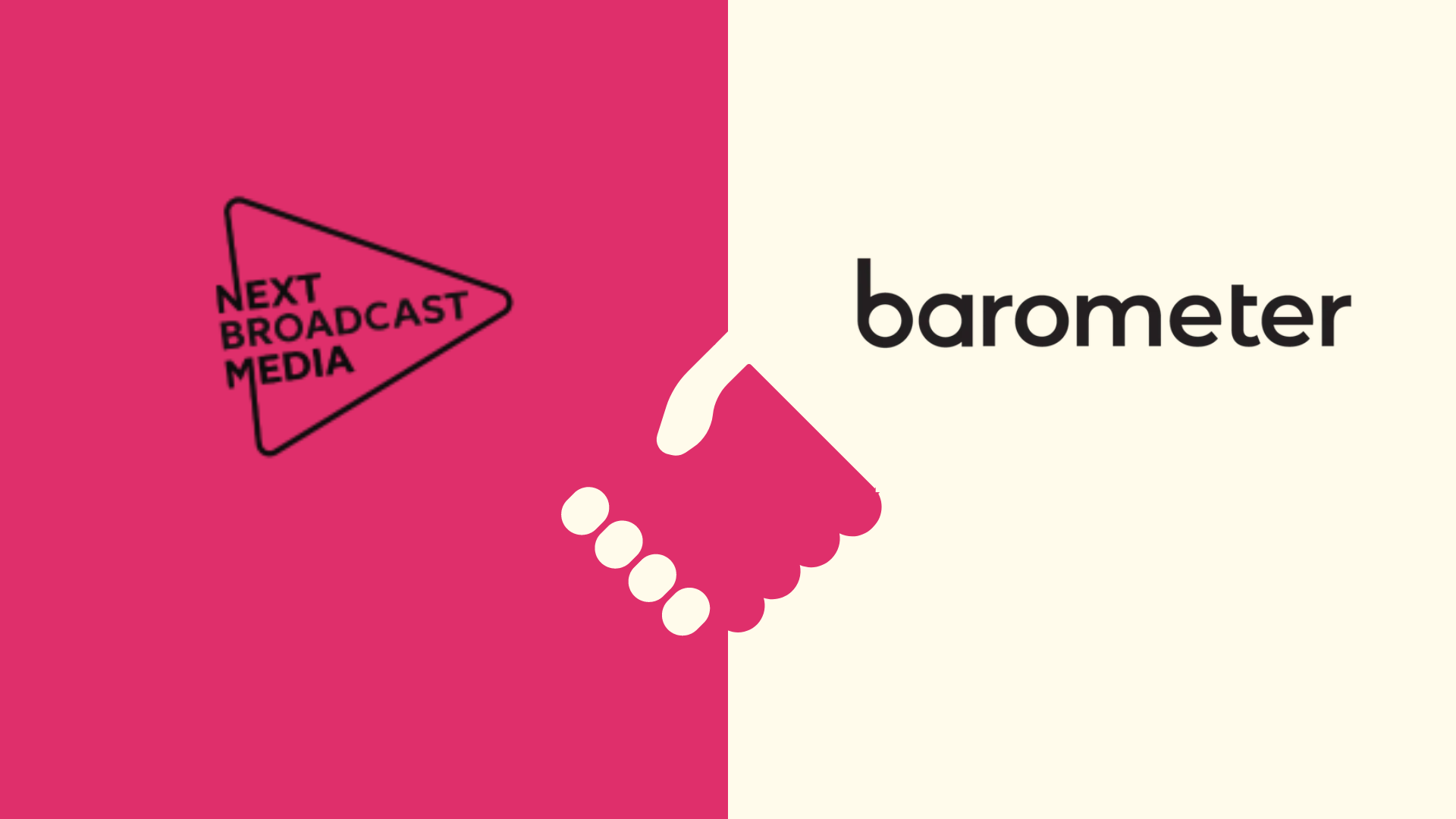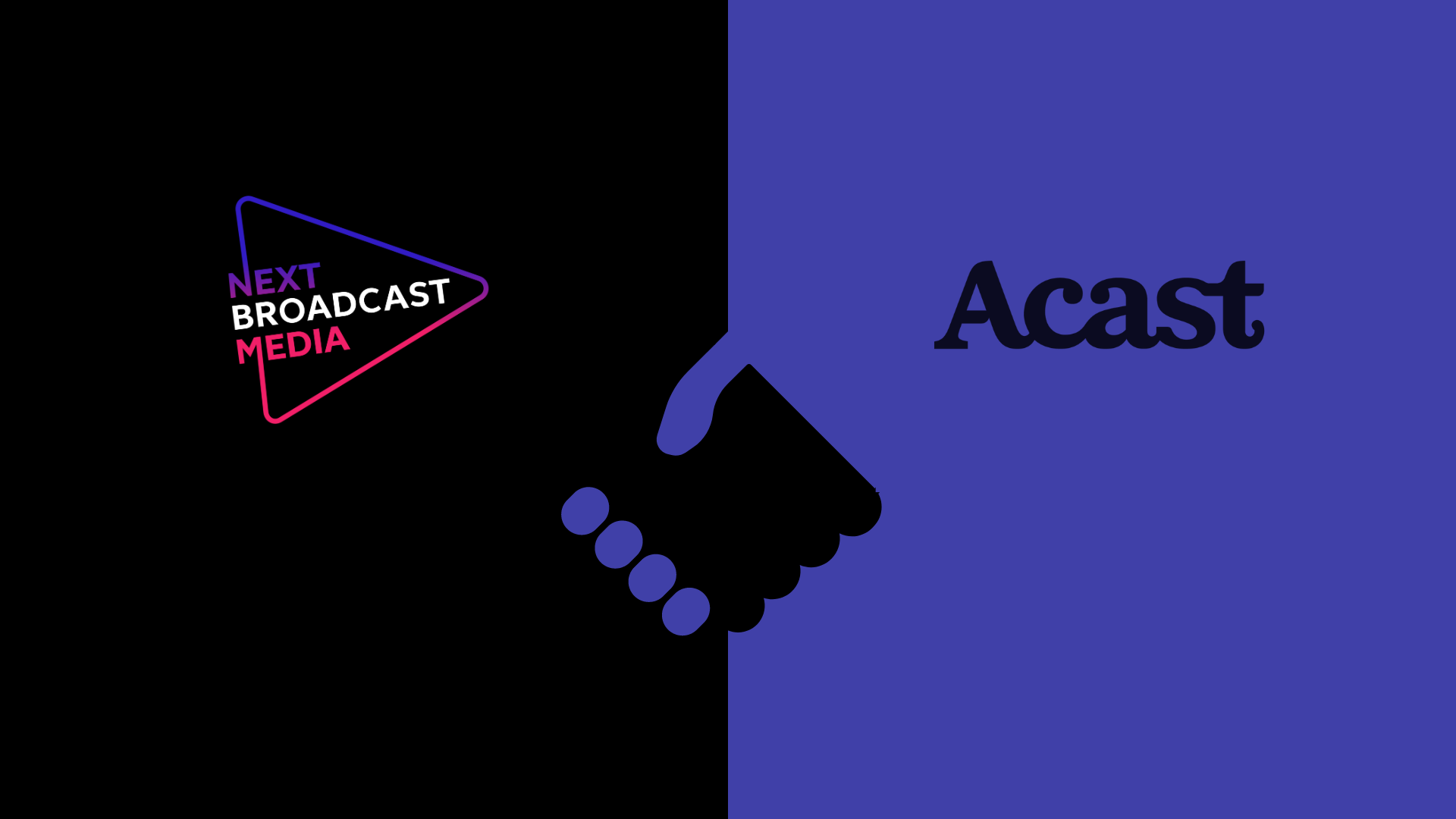An intro to podcast advertising, analystics, and tareting – by Suzi Kuban
Article featured in Communicate Online
Audio can not be ignored! It’s here to stay and incredibly good at connecting advertisers to the public. But despite the airwaves enjoying a renaissance and being named as key media for brand awareness, connection, and conversion – we still see so many brands being hesitant to dive in. Is it on your media plan yet?
There are a few barriers creating audio hesitancy – cost, expertise, and time, being some. But, one more barrier, that we are going to knock down here is knowledge ad understanding towards measuring campaign results, the impact of the ads, and targeting capabilities.
Here’s what brands need to look out for when measuring effectiveness and targeting.
Audio advertising analytics
Most marketers/ad buyers reading this will recognize the measures used in audio analytics. Common metrics include impressions, listen-through rate, click-through rate, and cost per acquisition – plus the usual demographic insights about the age, gender, device type, and interests of each customer.
When interpreting stats, a key consideration is the way people listen to content, as there are a lot of variables (web browser, application, streaming, downloading, platform, etc). It’s a highly fragmented marketplace that also differs from region to region. Here’s an example – in the UAE Apple Podcast app has the highest number of daily podcast listeners, whereas, in America we know Spotify rules.
Capturing data from all sources is important – and so is comparing and consolidating the numbers as a whole and individually. This will give brands the most accurate and detailed insights. Partnering with a dedicated audio specialist agency that knows the target region is the best way to access the smartest technology for the best real-time optimization and post-campaign results.
Measuring audio advertising success
When it comes to audio campaign stats, advertisers need to always consider both awareness and performance numbers – even if the campaign is considered performance only. Why? Audio provides a deep intimate connection with customers because they typically listen on headphones. People are engaged, especially in the case of podcasts. IAB states that “There is no such thing as a passive podcast listener”. This means brands have direct, one-on-one engagement time with their customer. Therefore, the value of the listen-through rate (LTR) is huge for brand awareness, significantly higher than other digital ad formats.
IAB’s Digital Audio Buyers Guide 2.0 says ad playback (the number of times an ad has been heard) and LTR (the number of times the ad was played to the end) are the primary metrics that quantify the effectiveness and reach of audio ads.
Performance is important to track for accurate ROI. Using visible companion banner ads alongside the audio allows attribution to be accurately measured; as with traditional digital analytics, click-through rate (CTR), as well as subsequent web browsing behavior stats can be tracked.
Audio is typically consumed when away from a screen. Nielsen estimates that 79% of audio consumption takes place while consumers are engaged in activities where visual media can’t reach them. In this case, there are traditional tracking alternatives such as promo codes, vanity URLs, and post-listener surveys.
Audio ad targeting and optimisation
Programmatic audio targeting is akin to familiar digital formats; so much so that brands can use the same parameters for audio as for display, video, CTV, etc. Criteria include demographic, geographic, devices, and timing.
Plus, with the right audio partner, brands can further fine-tune targeting to reach an even richer audience and create ads for specific moods. This is particularly the case for podcast advertising. Podcast content falls into specific genres/categories – e.g. news, parenting, health. Using niche categorizations allows brands to directly communicate with concentrated audiences.
Real-time audio analytics awards the same benefits as any digital campaign. Day-by-day ads can pivot to target, refine, expand, and optimize on a range of parameters to deliver the best conversion rates and, ultimately, ROI.
Audio advertising is here to stay
The power of mobile audio to intimately connect with audiences, directly into their ear, is well documented and accepted in the marketing world. But now that the programmatic audio infrastructure and analytics technology are readily available, the medium is open for all brands, big and small, to explore.
Not only is audio sticking around, but it’s a key part of any successful omnichannel advertising campaign.
Don’t forget to subscribe for news, updates, and insights




